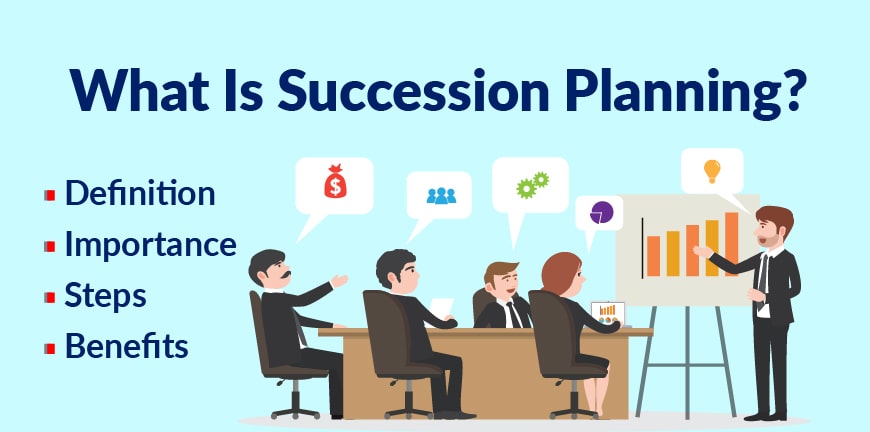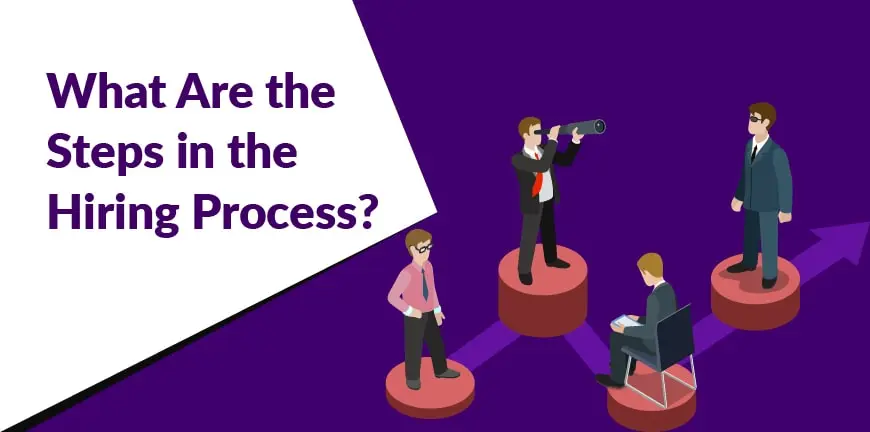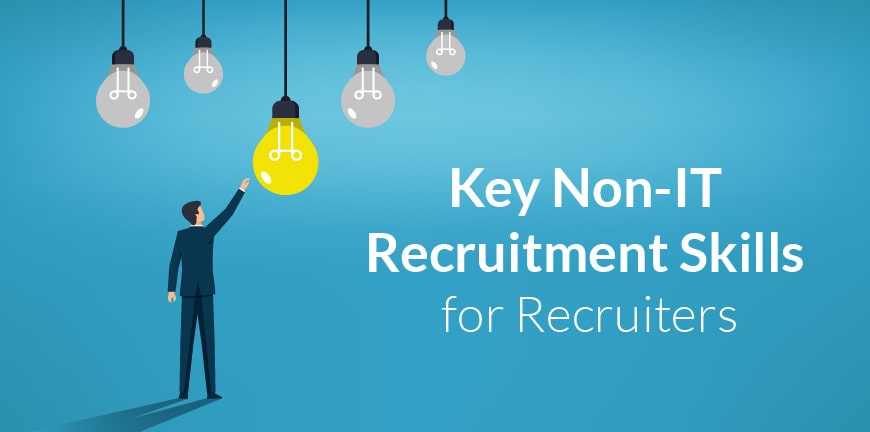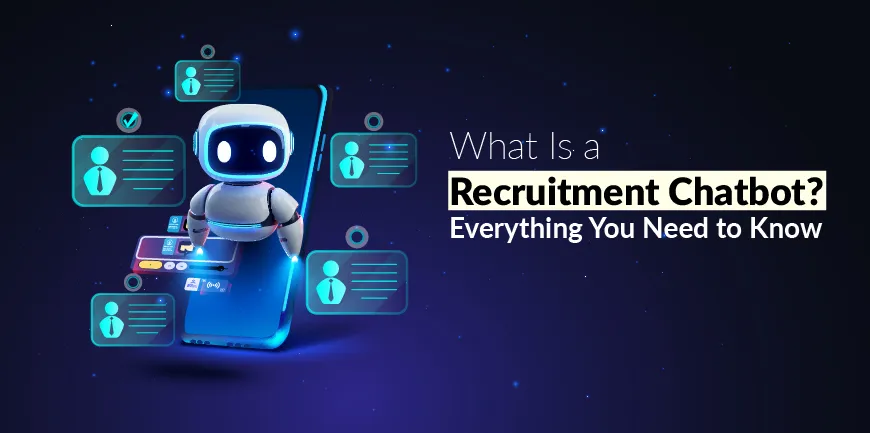
What is Flexible Staffing – Definition and Importance?
09/08/2024
What Is Succession Planning? Definition, Importance, Steps, Benefits
13/08/2024All who have ever worked in a job or hired someone are familiar with the hiring process. Though both parties are familiar, a recruiter would have certain insights a jobseeker will not have. And through constant feedback from the recruits and by evolving the process with the times, a recruiter can perfect the hiring process itself. The hiring process, in short, is the process of sourcing, screening, interviewing and onboarding candidates in your organization.
What Is the Importance of Hiring Good Candidates?
Good candidates are the backbone of any organization. They become great employees with good training, are proactive and forthcoming, ready to shoulder any responsibility that comes to them. This is the importance of a good hiring process itself. It helps us secure good and sometimes even great candidates.
What Are the Steps in a Hiring Process?
A hiring process begins with defining job needs and ends with onboarding and training. Following are the steps in the hiring process.
1. Defining Hiring Needs
A job analysis can help define the number of people you would need to employ, the jobs skills they must have, seniority and experience requirements, and other requirements, possibly related to diversity or other demographics.
2. Writing a Job Description
A well-written job description can help connect and bring potential candidates onboard to work with you. A great job description has a job title, job purpose, company culture description and the extent of supervision that is required for the job.
3. Screening
A great screening interview either on the phone or in-person can help determine if the candidate is a good fit for the job or not. Generally, candidates are screened over the phone rather than in person, to begin with. Once the screening is done over tests and interviews taken over the phone, a screening interview can happen in person.
4. Interviewing
Post the screening interview are the main interviews, which are an important part of the hiring process and can help ascertain the candidate’s attitude and motivations in more depth than previous rounds. Once this main interview is done, reference checks can be conducted to verify that whatever has been presented by the candidate is true. Sometimes the reference checks may happen before the main interviews.
5. Reference checks
These are important checks of the candidate’s eligibility. Are all the certificates and documents presented by the candidate original and true? Do the references provided by the candidate at both workplaces and elsewhere check out? Organizations and even HR companies typically take the help of third-party service providers for identity verification and background checks.
6. Onboarding
Do you want to make your new hires feel more engaged at work? You need to consider improving the onboarding routine that you presently have in your company. You can try cooperating with other people across departments to bring in a bit of creativity and innovation to onboarding. You can switch to a more visual or bring in advanced technologies like AR and VR in onboarding.
IT Hiring vs. Non-IT hiring: What Is the Difference?
IT hiring is the process of hiring candidates for the IT industry, which includes IT, IT services and IT-enabled services. Non-IT hiring is the process of hiring candidates for all non-IT processes. This may include FinTech, Energy and Utilities, Aerospace and Defense, Healthcare and Semiconductor, among others.
How Can You Improve the Hiring Process?
Here are a few things you can do that will immensely improve the hiring process. The five things that will make the most impact on the hiring process are:
1. Improving Employer Branding
Before you write fancy or eye-catching job posts or advertise them on social media or other channels, you must first build a great employer brand. To improve your employer branding, you must define and articulate an employee value proposition, curate a great candidate experience and ensure consistency of messaging across all platforms.
2. Build a Talent Pipeline
Be steadfast in your efforts to build a talent pipeline. You can do several things to ensure you build a strong talent pipeline. Figure out the roles that will need a pipeline. These would be harder to fill roles or roles with a higher turnover. Maintain contact with potential candidates and look to past candidates too to build the talent pipeline.
3. Write Appealing Job Descriptions
Job descriptions that stand out from the crowd can help you secure the right candidates. Come to the point in as short a manner as possible. Highlight what the candidate can gain from accepting the job, which includes fixed and variable compensation, other benefits, and reimbursement for travel and food etc. Highlight anything else about the company and the company culture that sets you apart from the competition, even though you do not mention this as is.
4. Change the Screening Process
Ensure that the interviews are well-structured, that the right questions are asked, and that any manual processes involved in interviewing are all automated. This could involve a set of questions that you ask the candidate at the beginning, which helps understand some pre-interview requirements, whatever they may be. This could happen through a simple Google Form or an AI tool. Also bring in members from related teams, if the job role is an interdisciplinary one.
5. Focus on Candidate Experience
This does appear last on the list but is perhaps one of the most important. Candidate experience helps define the good companies from the bad and the great companies from the good. It starts with being honest and transparent and then encompasses simple things like being human and empathetic, always keeping candidates in the loop, and providing them a stellar onboarding experience if they are selected or a polite and encouraging letter of rejection if they are not.
Why You Need a Hiring Partner
Sometimes, though you may know how everything should happen, sometimes when it comes to implementing them and following the right practices, doubts creep in, and you are unable to proceed further.
To make sure that this is not the case, you must partner with a staffing or recruitment agency, who will handle the entire or parts of the hiring process, efficiently and with complete dedication. Alp Consulting, an HR services company with nearly 25 years of recruitment and staffing experience, will help you meet your hiring needs by being with you every step of the way. Talk to us today and let us help you.
Frequently Asked Questions (FAQs)
1. What is the role of HR in the hiring process?
The HR Team in a company is responsible for managing and overseeing the entire process of hiring and other functional aspects of HR. In the hiring process, they would be involved in posting job descriptions, strategizing the hiring process, and conducting screening and other rounds using innovative methods.
2. What is full-cycle recruitment?
Full-cycle recruitment is the process of managing the entire recruitment cycle from initial job requisition to final onboarding. It involves a single recruitment team or recruiter handling the entire process from start to finish for each candidate. In a smaller company, the recruiter may also be the point of contact for the new candidate for any queries beyond onboarding as well.
3. What are the 3 Ps of recruitment?
The 3 Ps of recruitment are people, process and purpose. To achieve better ROI, businesses must focus on the right people, refine the processes in the right manner and align themselves with the company’s purpose. By doing all three, the recruitment process will be a lot more cohesive and beneficial for the company.
Contact Us For Business Enquiry

Amit Saproo
Amit Saproo is the Head of Operations at ALP Consulting with nearly 17 years of experience in Executive Search, RPO, Leadership, and IT & Engineering recruitment. He leads nationwide recruitment programs across Technology, BFSI, and R&D domains, driving strategic hiring solutions for diverse client needs. Amit excels in building and managing high-performance teams that deliver scalable, end-to-end recruitment and consulting services.




